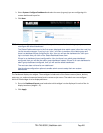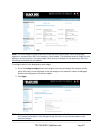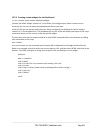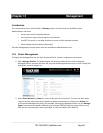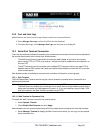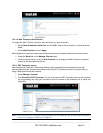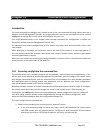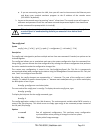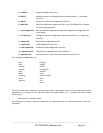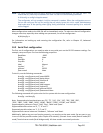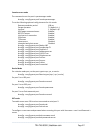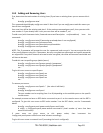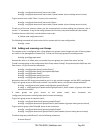
o If you are connecting over the LAN, then you will need to interconnect the Ethernet ports
and direct your terminal emulator program to the IP address of the console server
(192.168.0.1 by default).
Log on to the console server by pressing “return” a few times. The console server will request a
username and password. Enter the username root and the password default. You should now
see the command line prompt which is a hash (#).
This chapter is not intended to teach you Linux. We assume you already have
a certain level of understanding before you execute Linux kernel level
commands.
The config tool
Syntax
config [ -ahv ] [ -d id ] [ -g id ] [ -p path ] [ -r configurator ] [ -s id=value ] [ -P id ]
Description
The config tool is designed to perform multiple actions from one command if needed, so options can be
chained together.
The config tool allows you to manipulate and query the system configuration from the command line.
Using config, you can activate the new configuration by running the relevant configurator that performs
the action needed to make the configuration changes live.
The custom user configuration is saved in the /etc/config/config.xml file. This file is transparently
accessed and edited when configuring the device using the Management Console browser GUI. Only the
user “root” can configure from the shell.
By default, the config elements are separated by a '.' character. The root of the config tree is called
<config>. To address a specific element place a '.' between each node/branch e.g. to access and display
the description of user1 type:
# config -g config.users.user1.description
The root node of the config tree is <config>. To display the entire config tree, type:
# config -g config
To display the help text for the config command, type:
# config -h
The config application resides in the /bin directory. The environmental variable called PATH contains a
route to the /bin directory. This allows a user to simply type config at the command prompt instead of
the full path /bin/config.
Options
-a –run-all Run all registered configurators. This performs every configuration
synchronization action pushing all changes to the live system
-h –help Display a brief usage message
_____________________________________________________________________
724-746-5500 | blackbox.com Page 214



